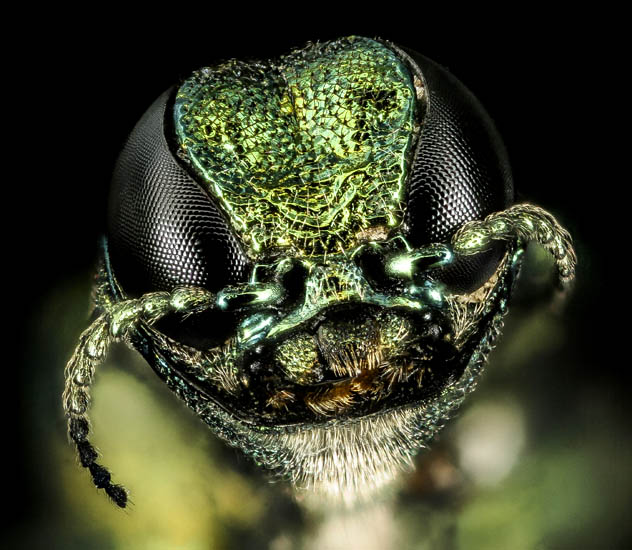EAB Spotted in Oregon
The USDA has recently confirmed that the emerald ash borer (EAB) beetle has emerged in the state of Oregon. This invasive wood-boring beetle beetle poses a significant threat to ash trees. The emerald ash borer lays its eggs within the bark crevices of ash trees. Upon hatching, the larvae tunnel into the tree where they feed on its inner structure. This feeding and burrowing behavior disrupts the natural flow of water and nutrients within the tree. Consequently, infested trees experience a gradual decline in their overall health and vitality.
The emerald ash borer (EAB) was initially discovered in the United States in 2002, specifically in southeastern Michigan. This invasive insect originates from Asia and is believed to have entered the country through wooden shipping materials. Since its initial identification, the EAB has progressively expanded its reach to encompass regions with ash tree populations. The devastating impact of this beetle has resulted in the loss of millions of ash trees across North America.
In July 2022, the presence of the emerald ash borer was officially confirmed in the Portland metro region, more specifically in Forest Grove, located in Washington County, Oregon. The confirmation typically occurs after observing dead or dying trees, indicating that the pest has likely been present for over a year. In the case of this specific infestation, the Oregon Department of Agriculture estimates that the emerald ash borer has potentially been present for a period ranging from three to five years.


Protecting Local Ash Trees
The risk of infestation extends to all species of ash trees, including the Oregon ash (Fraxinus latifolia), as well as various other species commonly planted as shade or street trees throughout the Pacific Northwest.
The emerald ash borer (EAB) poses a significant threat as it is a highly destructive pest. Within a span of just a few years, trees can succumb to infestation. The EAB has a preference for laying eggs in the upper trunk of the tree, often evading detection. As the infestation progresses, the tree’s canopy tends to exhibit yellowing and thinning. Distinctive D-shaped exit holes on the trunk serve as evidence of the presence of boring insects beneath the bark. Additionally, increased woodpecker activity around the tree can also indicate the presence of EAB larvae.
When it comes to ash trees in planted landscapes, there are highly effective treatment options available to combat the emerald ash borer. It is crucial to take proactive measures before the beetle infests the area. Once the tree starts to show signs of decline, it may be too late to save it, as significant internal damage has likely already taken place. If treatment is not pursued, the recommended course of action is to remove the tree. Dead ash trees become brittle and prone to branch failure, posing a safety hazard. Engaging the services of a professional arborist provides the best opportunity for protecting ash trees in your vicinity. Their expertise and guidance can greatly enhance the chances of successful preservation.
EAB photos from CABI Digital Libary – Learn more about the Emerald Ash Borer.
Your trees deserve to thrive in our beautiful Pacific Northwest landscape. Our pest and disease treatment methods combine traditional with holistic techniques to keep your trees healthy and looking great. Give us a call, or contact us for a Free Estimate today.🍃
